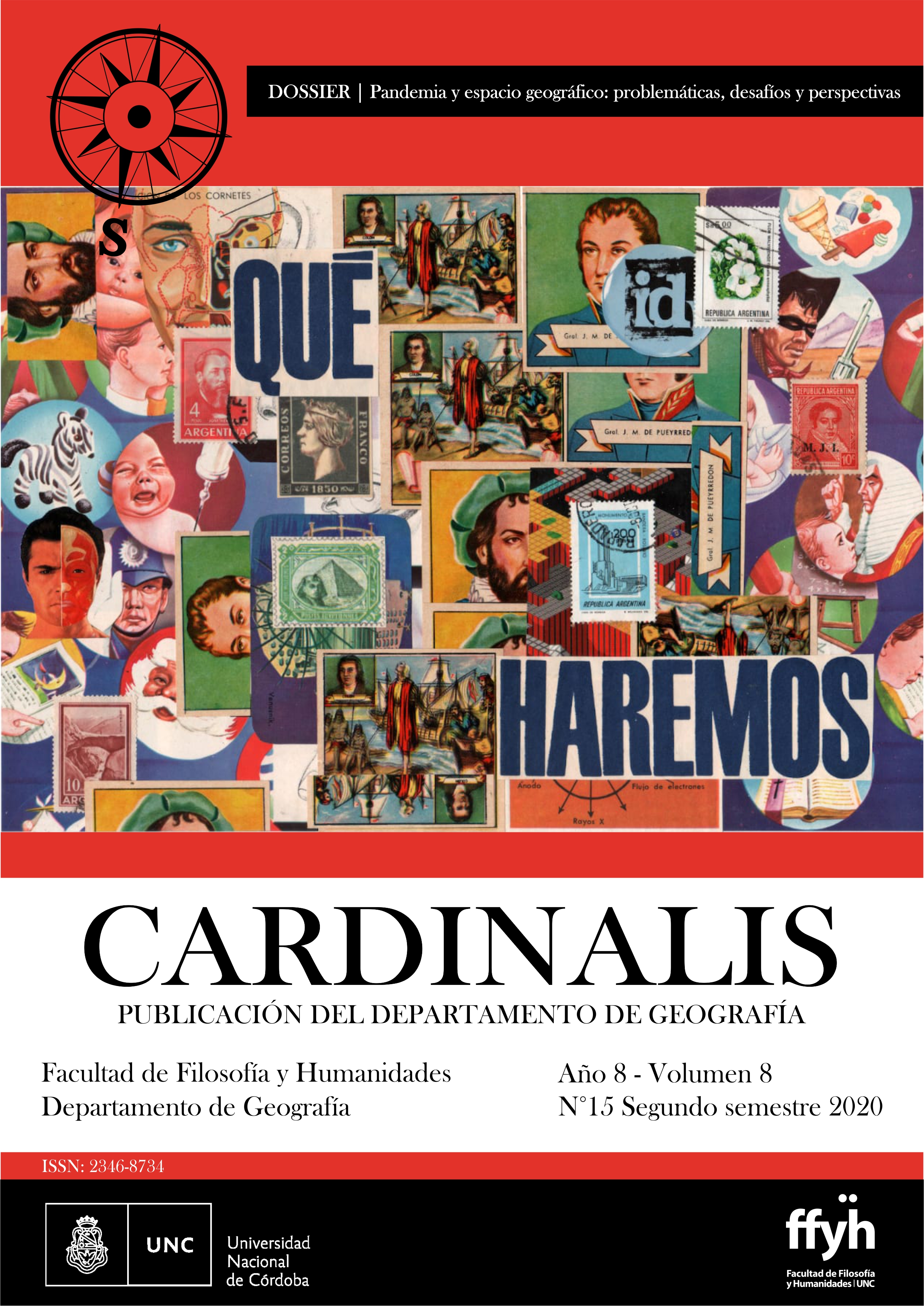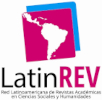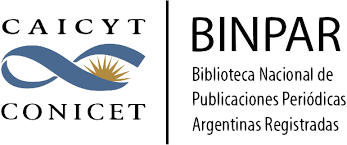Corporeal-affective rearrangements: auto- ethnographic spatial narratives of young Tijuana university students in a context of pandemic
Abstract
The official provision of home confinement to safeguard health against a pandemic without referents, a situation that each country assumed with varying degrees of urgency, in Mexico - in general - and on the Tijuana border - in particular - came into force in March of 2020. The education sector was one of the first to take up the recommendations, canceling activities at the Autonomous University of Baja California in all its campuses in the afternoon of March 17 "until further notice." This had various effects on the student population, which in emotional terms was expressed mostly as uncertainty. The requirement to stay at home implied social distancing, but not only with respect to proxemia between bodies to avoid possible contagions, but also the distancing towards any interaction in public space, that is, the cancellation (perhaps temporary) of all social activity. In the same way, became a hyper-coexistence with those who share the private space, forcing families to reorder times and spaces and, in this, reconfigure a new coexistence. Nostalgia for life outside and discomfort for life in confinement produced, in the same way, new forms of body-space-emotions relation in everyday experience. This article presents and analyzes the corporeal-affective rearrangements of a group of young university students from Tijuana around the pandemic at the beginning of their quarantine, by reconstructing their spatial experiences from a phenomenological and interactionist approach, through the method of autoethnographic spatial narrative.
Downloads
Downloads
Published
Issue
Section
License

This work is licensed under a Creative Commons Attribution-NonCommercial-ShareAlike 4.0 International License.
Aquellos autores/as que tengan publicaciones con esta revista, aceptan los términos siguientes:- Los autores/as conservarán sus derechos de autor y garantizarán a la revista el derecho de primera publicación de su obra, el cuál estará simultáneamente sujeto a la Licencia de reconocimiento de Creative Commons (indicada abajo) que permite a terceros compartir la obra siempre que se indique su autor y su primera publicación esta revista.
- Los autores/as podrán adoptar otros acuerdos de licencia no exclusiva de distribución de la versión de la obra publicada (p. ej.: depositarla en un archivo telemático institucional o publicarla en un volumen monográfico) siempre que se indique la publicación inicial en esta revista.
- Se permite y recomienda a los autores/as difundir su obra a través de Internet (p. ej.: en archivos telemáticos institucionales o en su página web) antes y durante el proceso de envío, lo cual puede producir intercambios interesantes y aumentar las citas de la obra publicada. (Véase El efecto del acceso abierto).

Esta obra está bajo una Licencia Creative Commons Atribución-NoComercial-CompartirIgual 4.0 Internacional.






